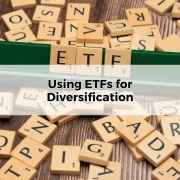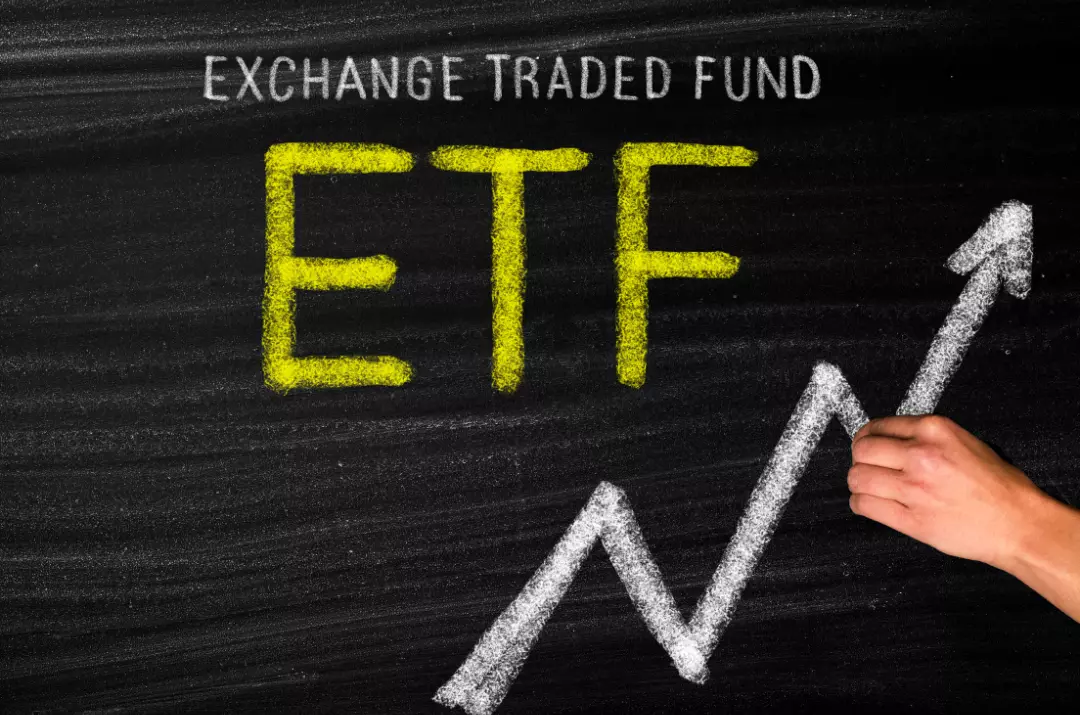Investing in Treasury Bonds: The Pros and Cons
Table of Contents
ToggleAustralian Treasury Bonds represent a fundamental pillar of the fixed-income investment landscape. Issued by the Commonwealth Government, these debt securities are considered among the most secure investment vehicles in the nation. They pay a fixed interest rate (coupon) every six months until maturity and are backed by the full faith and credit of the
Australian government. Treasury Bonds play a crucial role in diversified portfolios, particularly for those prioritising capital preservation and predictable income. However, despite their stability, they are not without drawbacks. In a rapidly shifting economic landscape, the effectiveness of government bonds as a standalone investment is under renewed scrutiny. For investors seeking informed, long-term decisions—especially in the lead-up to or during retirement—it’s essential to explore both the advantages and disadvantages with a strategic lens.
What Are Treasury Bonds and How Do They Work?
Australian Treasury Bonds are medium to long-term debt instruments that offer biannual interest payments and a return of principal at maturity. Available through the Australian Office of Financial Management (AOFM), they’re auctioned to institutional investors but accessible to individuals via the ASX in the form of Exchange-traded Treasury Bonds. Each bond has a fixed face value, commonly $100, and maturity dates range between 1 and 30 years. Their yield is influenced by prevailing interest rates, economic forecasts, and market demand. Because they’re backed by the Commonwealth Government, they carry an exceptionally low risk of default, making them a popular choice for conservative investors or those nearing retirement.
The Safety and Stability of Government-Backed Securities
One of the most compelling attributes of Treasury Bonds is their inherent security. In an unpredictable market, government bonds offer a bastion of financial stability. With the backing of the Australian Government, the risk of default is negligible—this lends them a near risk-free status in comparison to corporate bonds or equities. This reliability is particularly attractive for retirees and those seeking wealth preservation, as they’re shielded from the volatility often seen in equity markets. While returns may not be spectacular, the assurance of consistent income is often worth the trade-off for risk-averse investors. From a Financial Planning Toowoomba
perspective, this is especially pertinent for clients entering or in the decumulation phase of their financial lifecycle.
Predictable Income Streams and Fixed Interest Returns
Treasury Bonds provide an appealing feature: predictable, fixed income. Investors receive coupon payments every six months, which can be a welcome source of consistent cash flow. This predictability is critical for retirees who require income certainty to cover ongoing living costs without dipping into capital. The nominal interest rate is set at the time of issue, insulating investors from interest rate fluctuations during the bond’s tenure. However, it’s essential to note that while income is stable in nominal terms, it may not keep pace with inflation, particularly over extended time horizons. Still, as a foundation in a well-structured income-generating strategy, bonds hold enduring appeal.
Accessibility Through Exchange-Traded Treasury Bonds
For individual investors, Exchange-traded Treasury Bonds (eTBs) provide easy access to this traditionally institutional market. Listed on the ASX, these instruments allow retail investors to buy and sell in a similar manner to shares. This accessibility offers liquidity, transparency in pricing, and the ability to manage positions without waiting until maturity. Furthermore, they can be incorporated into diversified portfolios, including SMSFs, and are ideal for those managing their investments independently or through an Online Financial Adviser. The ease of trading and visibility enhances their suitability for both novice and seasoned investors seeking reliable, low-volatility options.
Portfolio Diversification and Risk Mitigation
Diversification is a cornerstone of effective financial planning. Treasury Bonds contribute meaningfully to this strategy by offering low correlation with equities and other risk assets. During market downturns, they often serve as a counterbalance, softening the impact of equity market volatility. This stabilising effect enhances overall portfolio resilience, especially during
periods of economic uncertainty or geopolitical tension. For clients receiving Retirement Financial Advice, incorporating bonds can provide peace of mind, enabling a more measured withdrawal strategy and reducing the likelihood of sequence-of-returns risk—one of the more insidious threats to retirement capital longevity.
Tax Treatment and Considerations for Investors
Income derived from Treasury Bonds is subject to taxation at the investor’s marginal rate. However, there is no capital gains tax (CGT) payable if held to maturity. For those who purchase bonds on the secondary market and sell before maturity, any capital gain or loss will be assessable under CGT rules. For SMSF trustees or high-income earners, this taxation framework requires strategic consideration. Structuring bond investments within tax-effective vehicles can enhance after-tax returns. This makes engaging a Toowoomba Financial Adviser beneficial to ensure bond allocations are structured optimally within the investor’s broader financial and tax planning strategy.
Inflation Risk and Real Return Erosion
While bonds deliver fixed interest, they are inherently vulnerable to inflation. As the cost of living rises, the purchasing power of fixed income payments diminishes. Over a long-term horizon, this erosion can significantly impact real returns, particularly in an environment of sustained inflationary pressure. This is a critical consideration for retirees reliant on bond income to cover everyday expenses. Investors must weigh the trade-off between security and growth. Complementing bond holdings with inflation-hedging assets or choosing indexed bonds (such as Treasury Indexed Bonds) may offer some reprieve, but these come with additional
complexity and pricing nuances.
Interest Rate Sensitivity and Capital Volatility
Treasury Bonds are inversely correlated with interest rates—when rates rise, bond prices fall. This sensitivity is more pronounced in long-dated bonds. For example, a modest rise in interest rates can lead to substantial mark-to-market losses if bonds are sold before maturity. This interest rate risk can be particularly problematic in low-rate environments like the one Australia
has experienced in recent years. As central banks adjust monetary policy, bond prices can be exposed to sudden valuation changes. Active monitoring and duration management are essential. For this reason, partnering with an Online Financial Adviser can assist in navigating the timing and allocation of interest-sensitive assets.
Lower Yields Compared to Growth Assets
While bonds offer safety, they do so at the expense of higher returns. Compared to shares or property, the yield from Treasury Bonds is typically modest. In a low-interest-rate environment, the opportunity cost of holding bonds becomes more pronounced. Investors seeking capital growth or higher income may find these instruments insufficient on their own. For younger investors or those with longer time horizons, a heavier tilt toward growth assets may be appropriate. Still, Treasury Bonds can provide ballast in a well-balanced portfolio, mitigating losses during periods of market contraction. The key lies in appropriate weighting based on risk appetite and financial goals.
Liquidity and Market Accessibility Limitations
Although Exchange-traded Treasury Bonds enhance accessibility, they may still be less liquid than other asset classes like shares or managed funds. Large volume trades may impact pricing, particularly in times of market stress. Moreover, the spread between bid and ask prices can widen, leading to suboptimal execution. Institutional investors typically face fewer issues here, but retail investors should remain cognisant of these nuances. Working with a Toowoomba Financial Adviser can help navigate such market frictions, especially when planning to rebalance portfolios or meet short-term liquidity needs through bond sales.
Ideal Use in Retirement and SMSF Portfolios
For retirees and SMSF trustees, Treasury Bonds are a logical fit. They deliver stable income, preserve capital, and simplify cash flow planning. The predictability they provide is invaluable for budgeting and maintaining lifestyle stability. Furthermore, within SMSFs, they align with compliance requirements for risk management and can form part of a defensively oriented investment strategy. However, they must be contextualised within a broader asset allocation to avoid overconcentration in low-yielding assets. A professional adviser’s guidance ensures bonds are integrated to optimise outcomes, taking into account longevity risk, tax efficiency, and regulatory obligations.
Balancing Pros and Cons: When Bonds Make Sense
Like any investment, Treasury Bonds must be evaluated on their merits within the context of the investor’s financial goals, risk tolerance, and time horizon. Their security and income stability are unmatched, but they are not a silver bullet. Inflation, interest rate risk, and lower yields can erode their attractiveness, particularly in isolation. Nevertheless, as a component of a diversified strategy—especially for retirees—they offer an indispensable tool in managing risk and generating consistent returns. Engaging a Toowoomba Financial Adviser or Online Financial Adviser allows for a tailored approach, aligning bond investments with individual circumstances and life stages.
Conclusion
Australian Treasury Bonds present a compelling blend of safety, predictability, and portfolio diversification. While not without limitations, they remain a core fixture for conservative investors, SMSFs, and retirees. Their value lies not in speculative growth but in their steadfast reliability. Integrating Treasury Bonds into a comprehensive financial plan requires careful assessment of market conditions, personal objectives, and future income needs. Whether you’re seeking to safeguard capital, generate stable income, or navigate retirement with confidence, the guidance of a qualified financial professional is paramount. A tailored, strategic approach ensures Treasury Bonds deliver on their promise—stability in a world of uncertainty.









